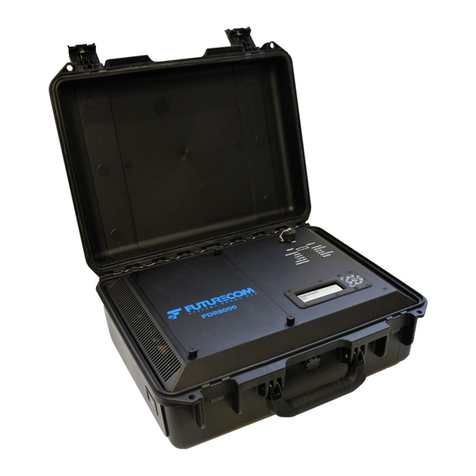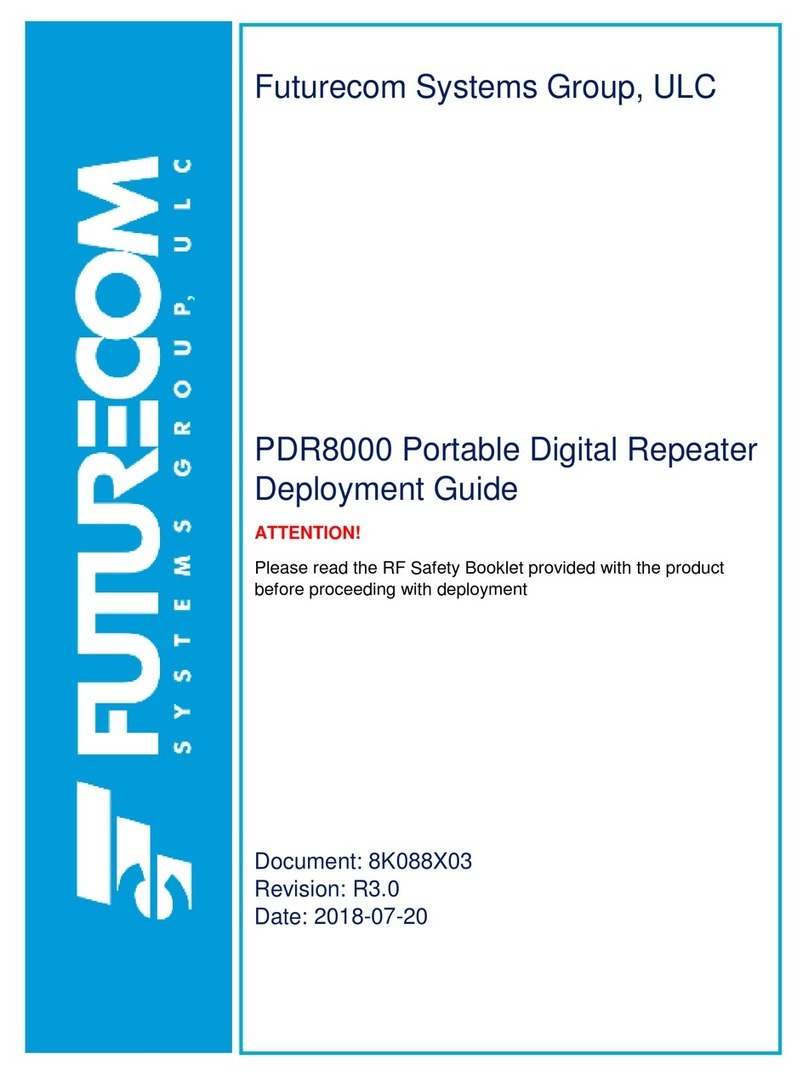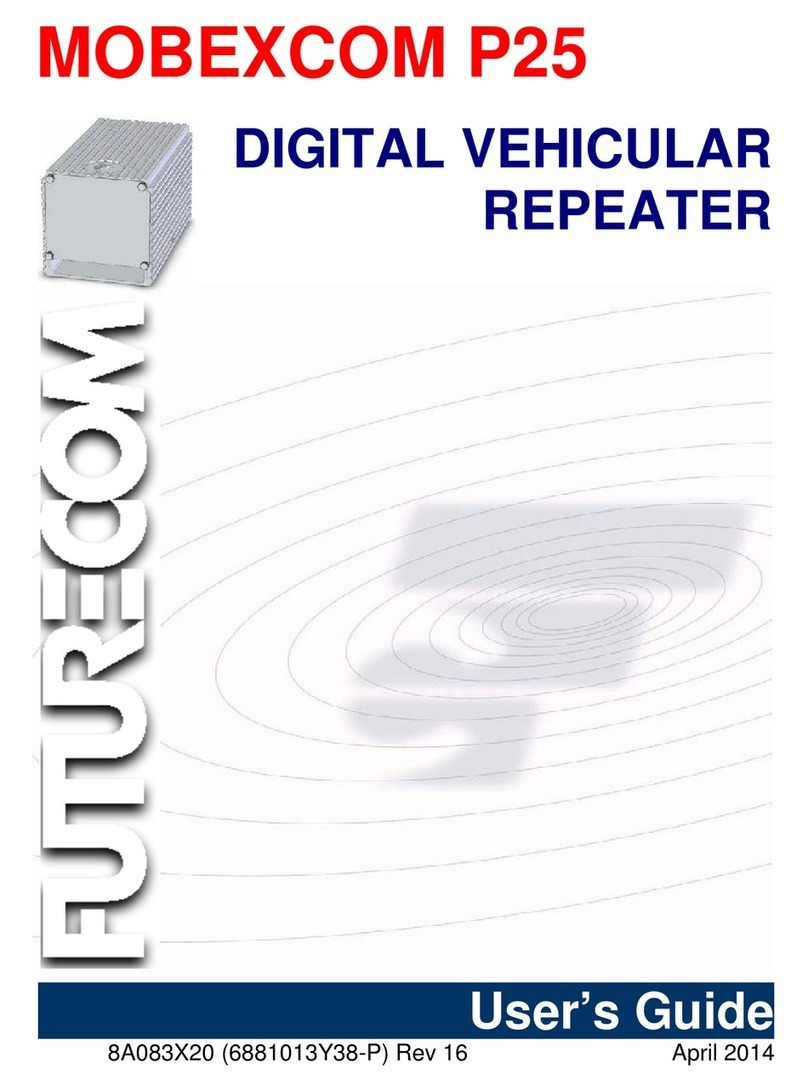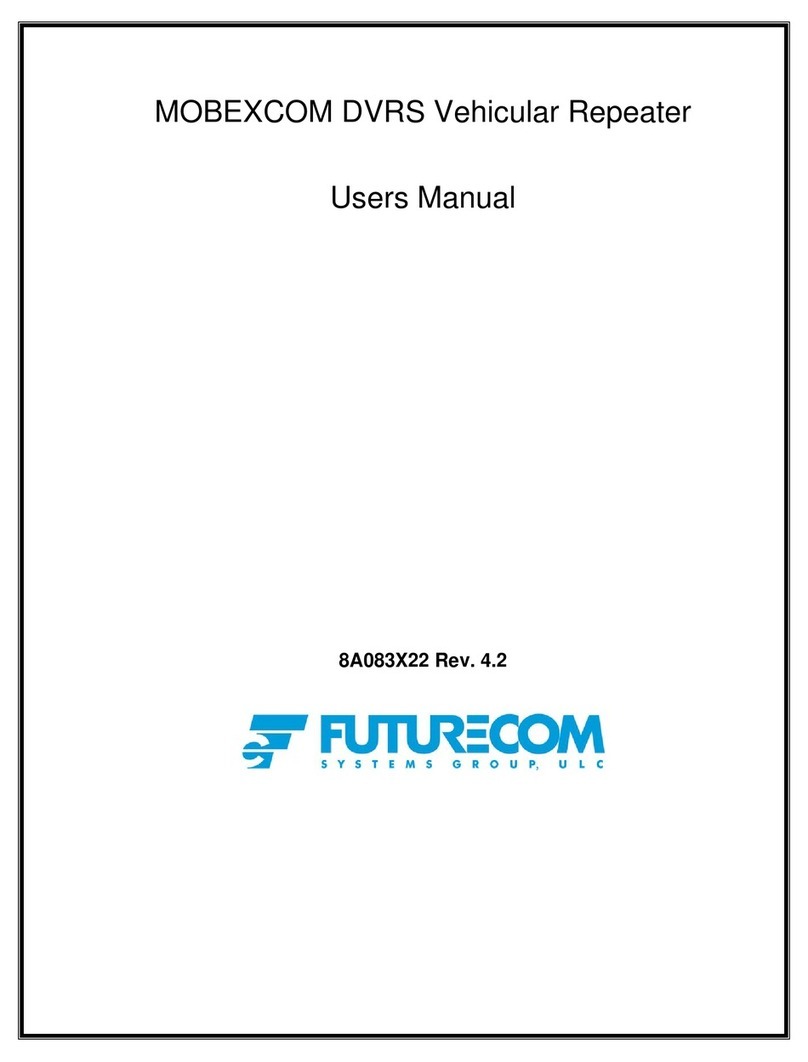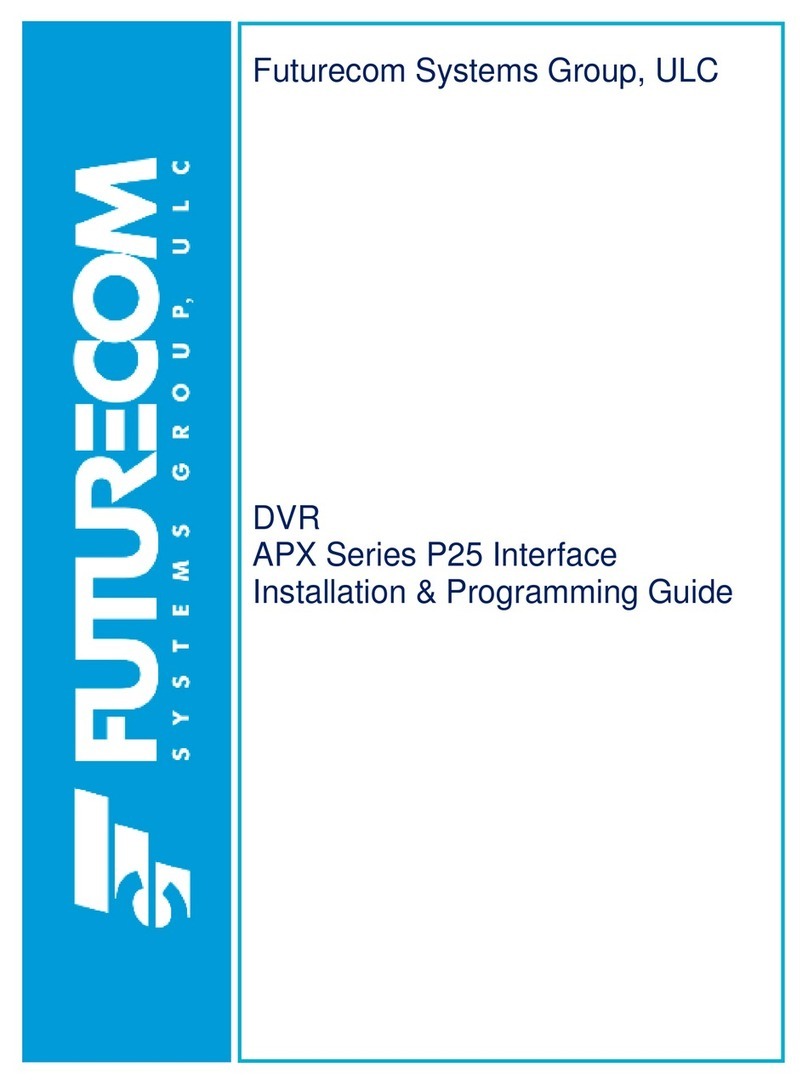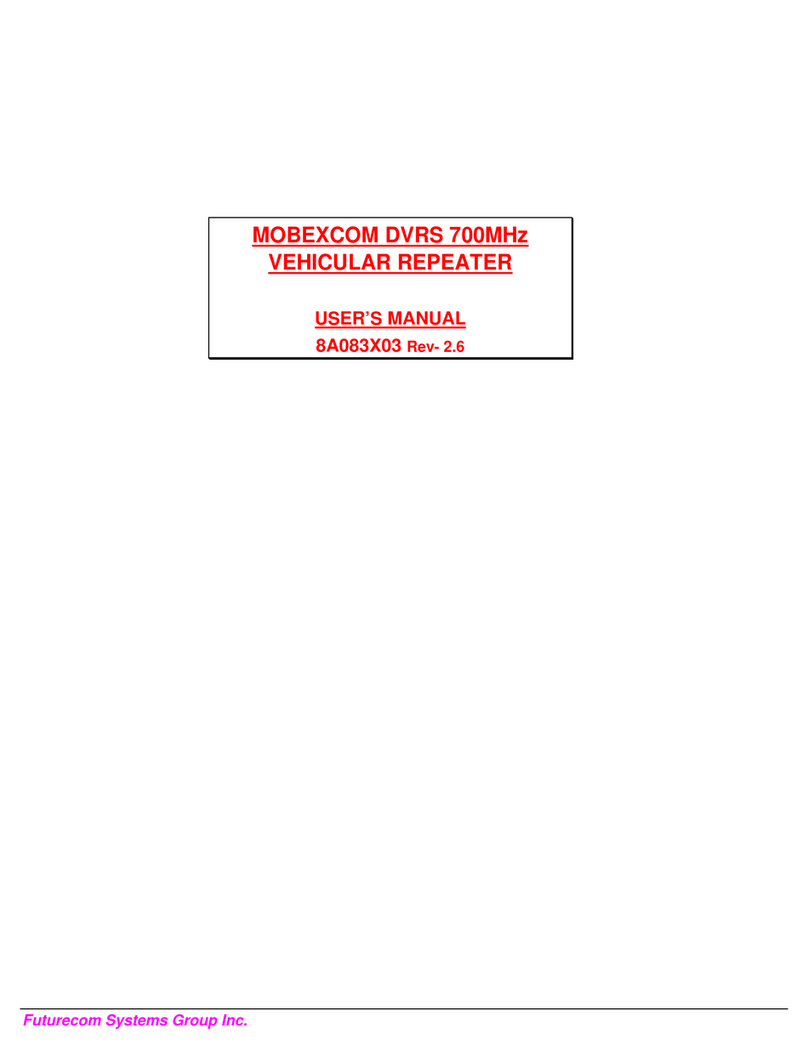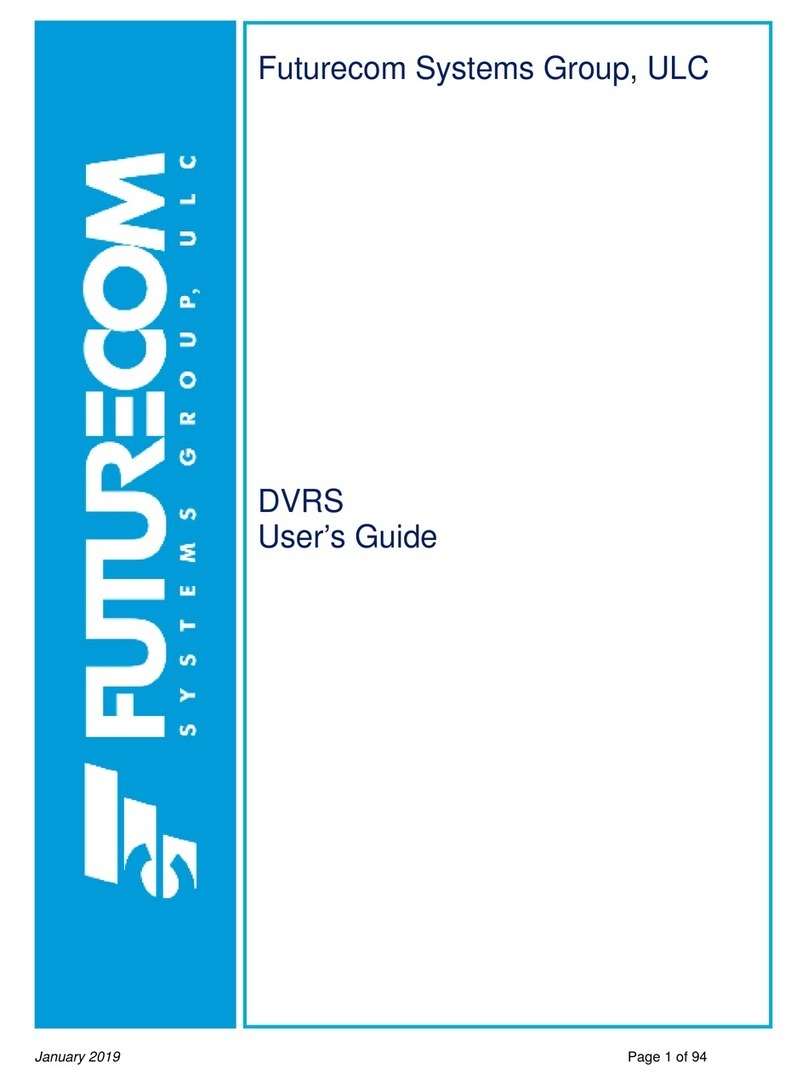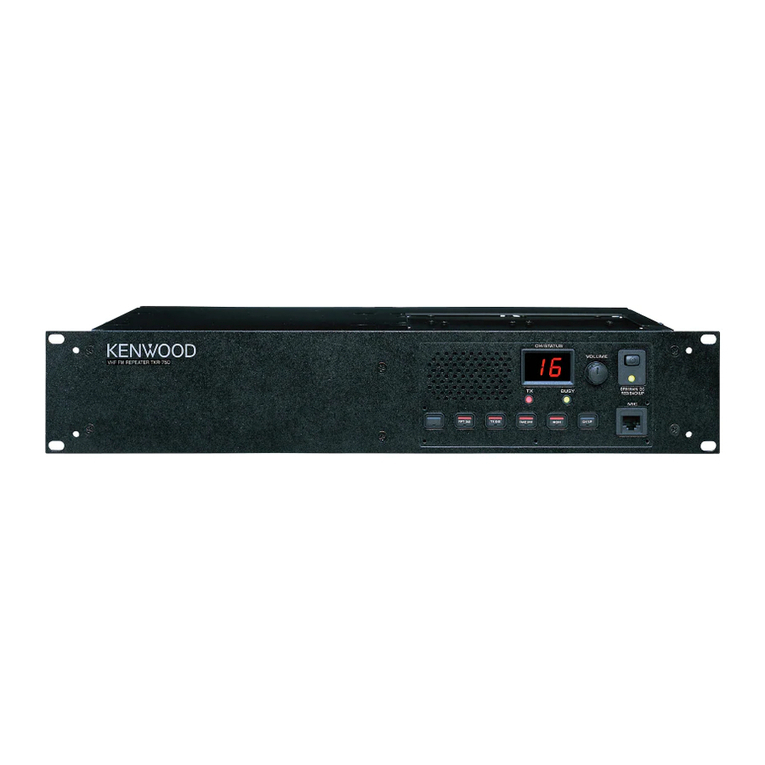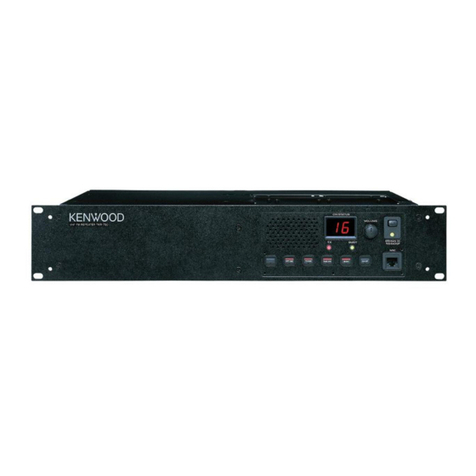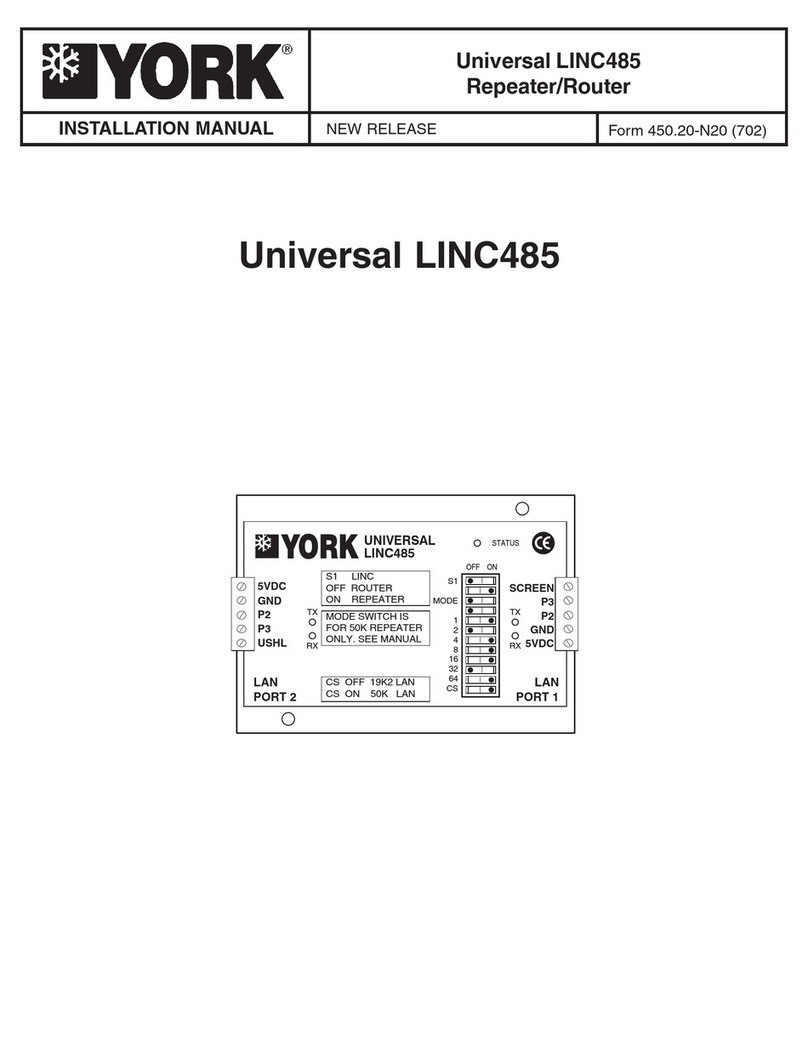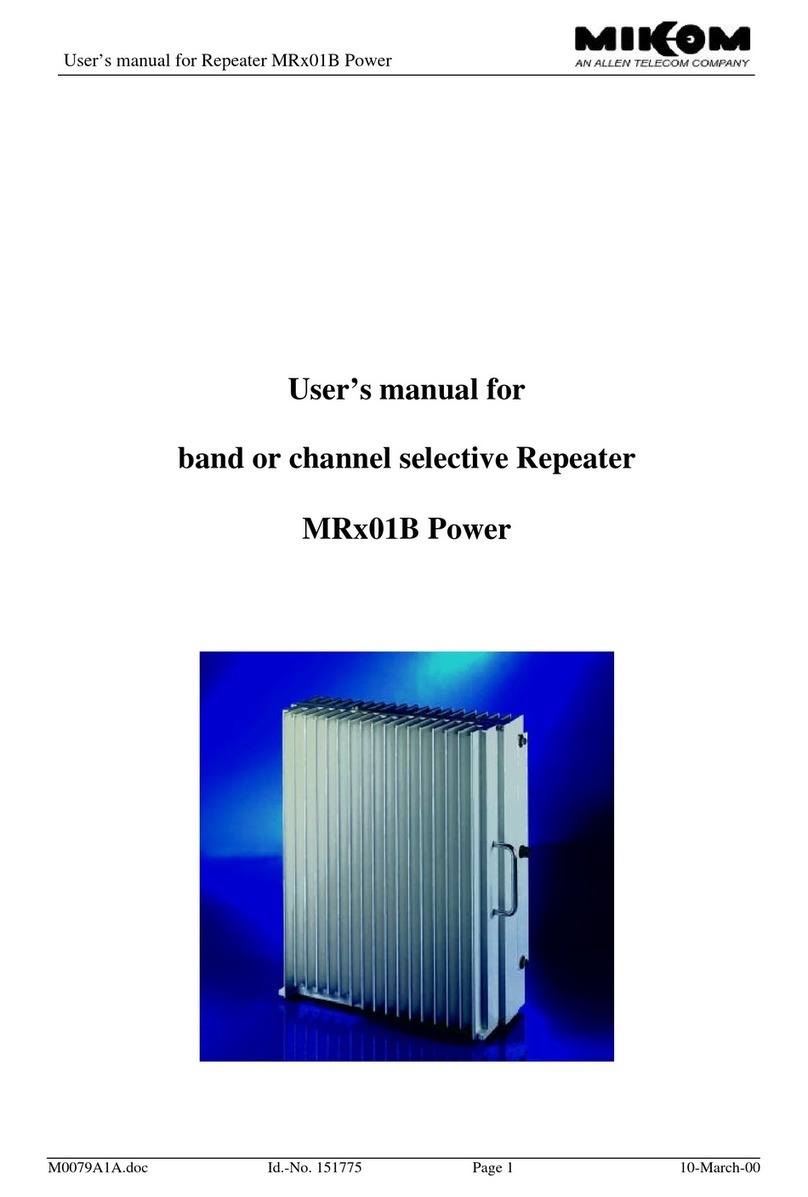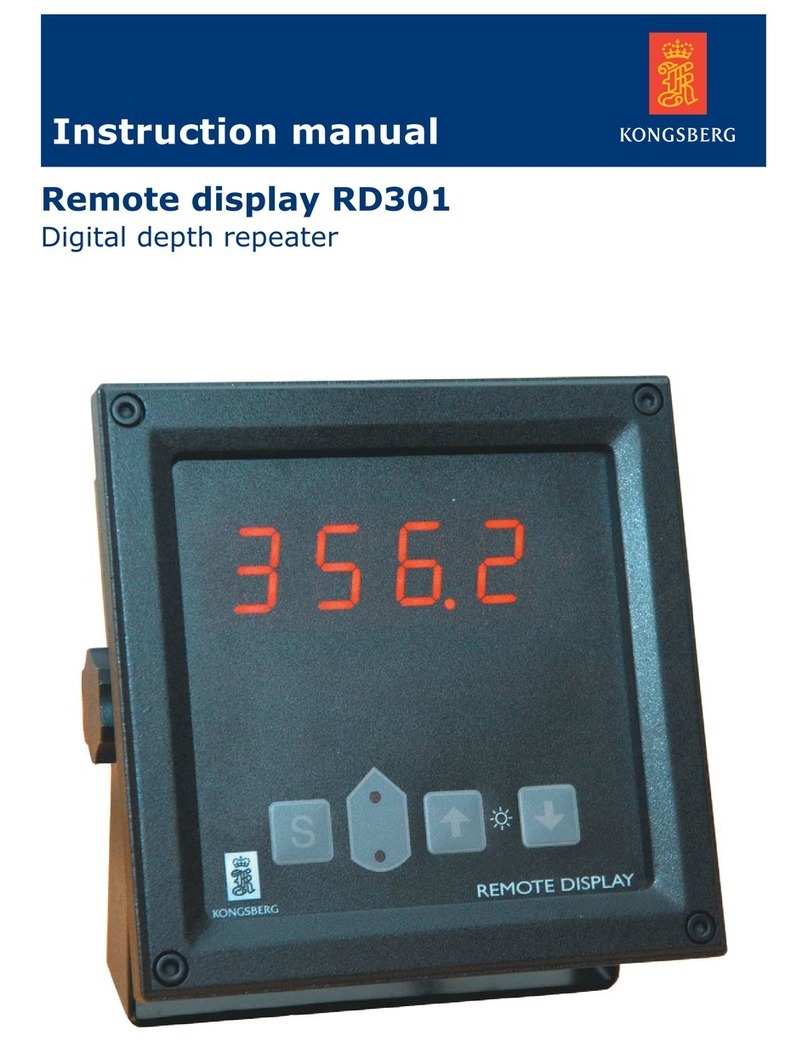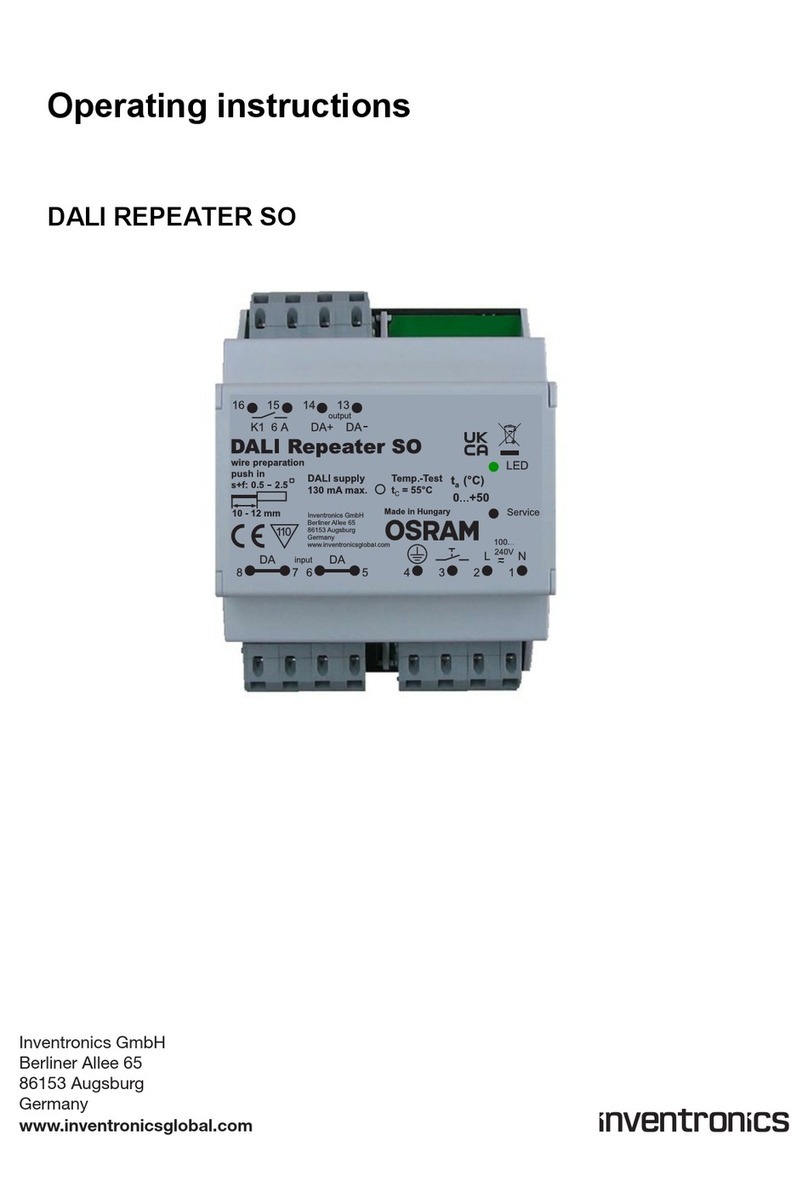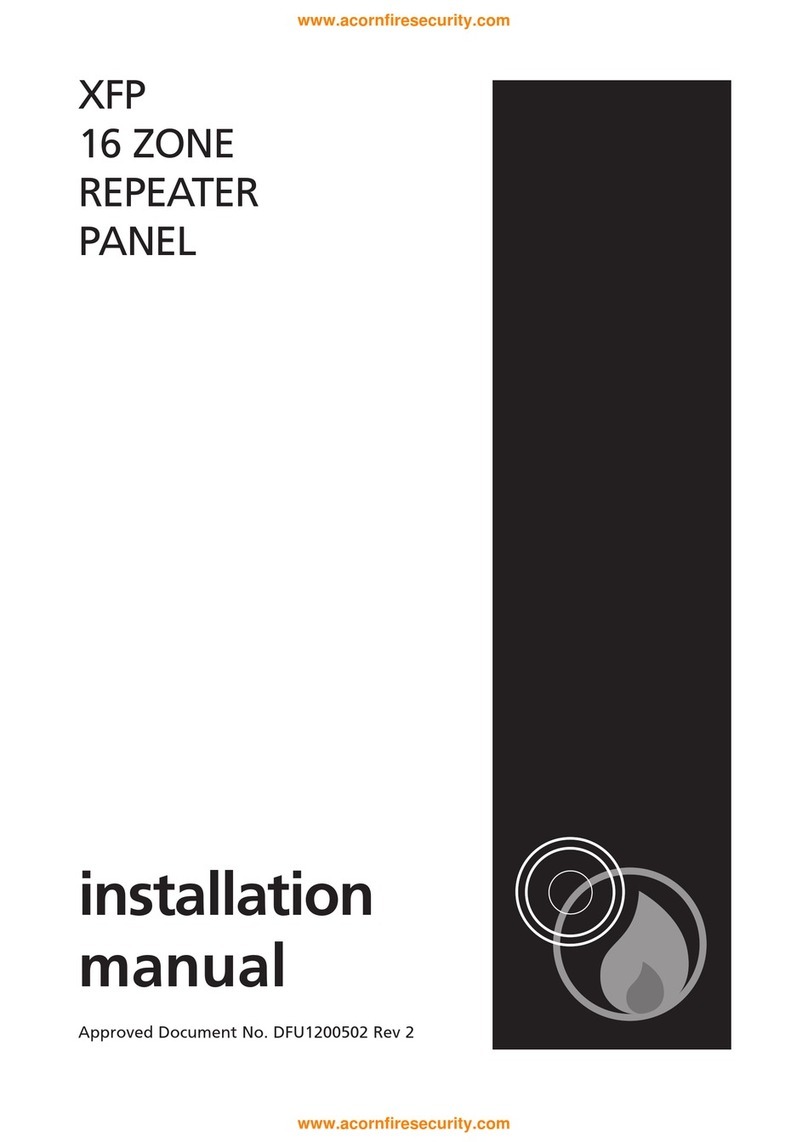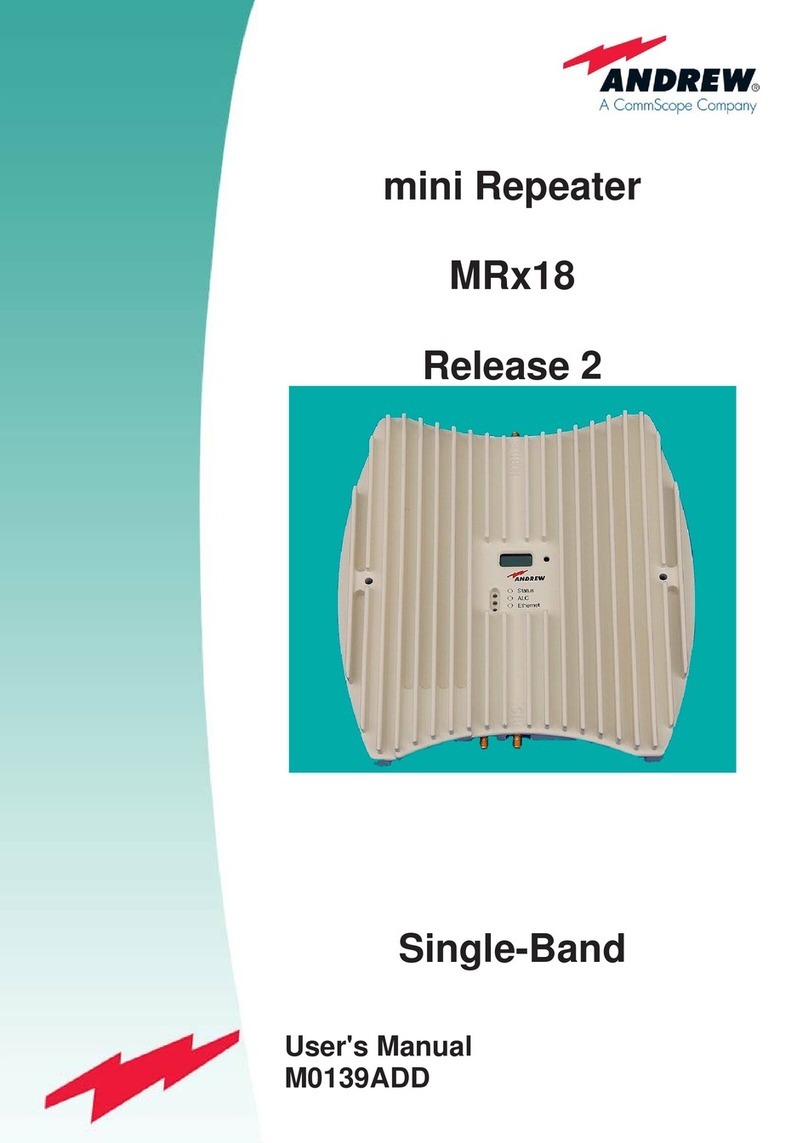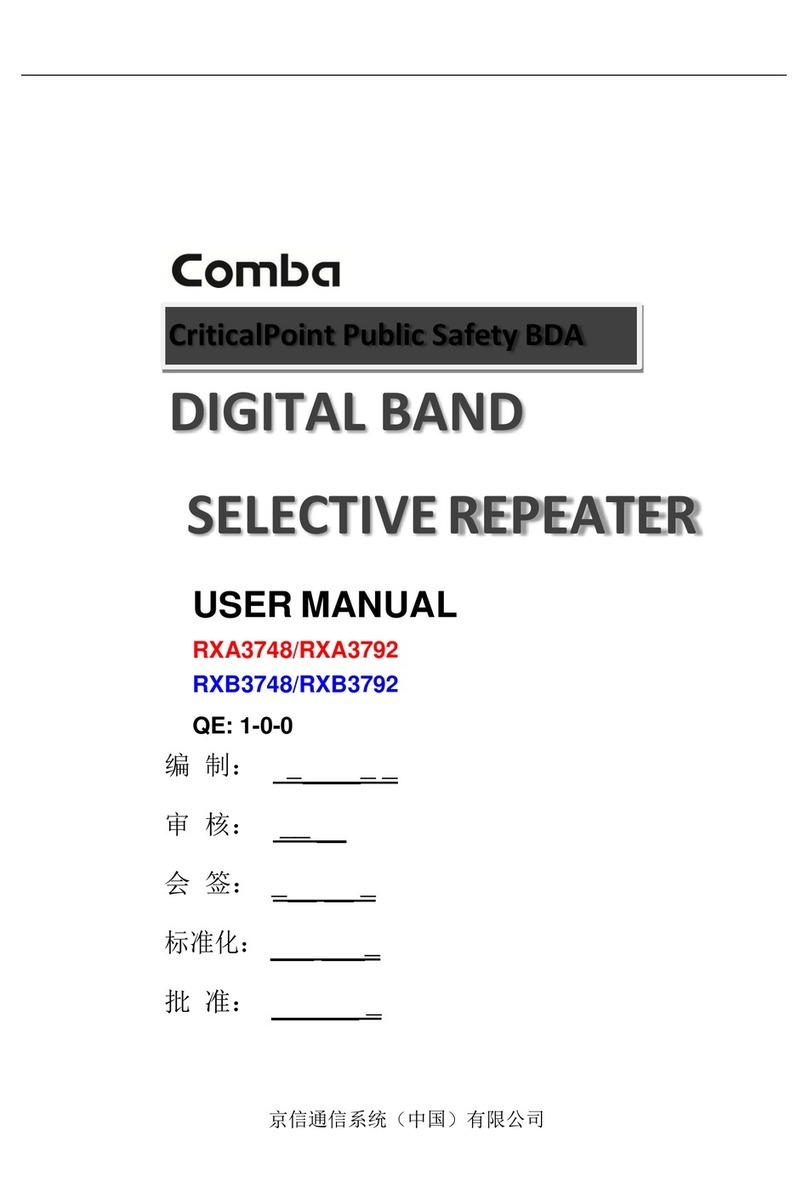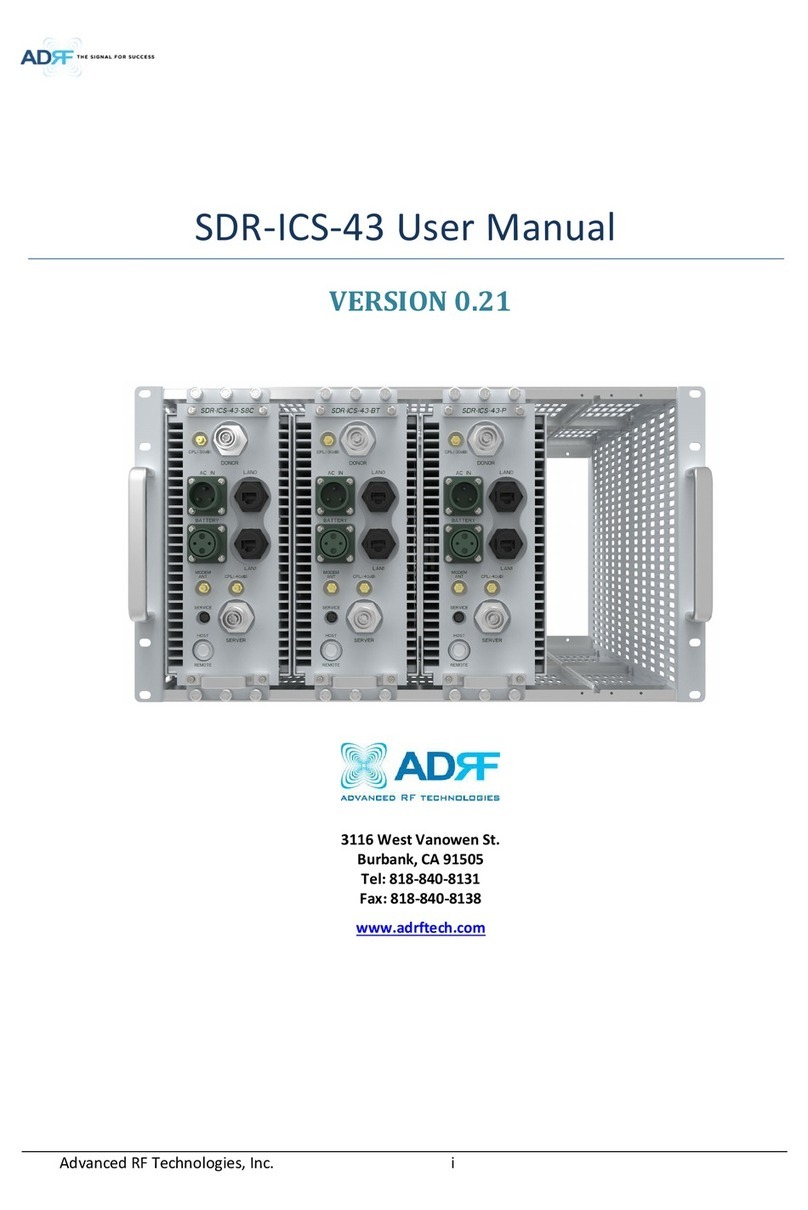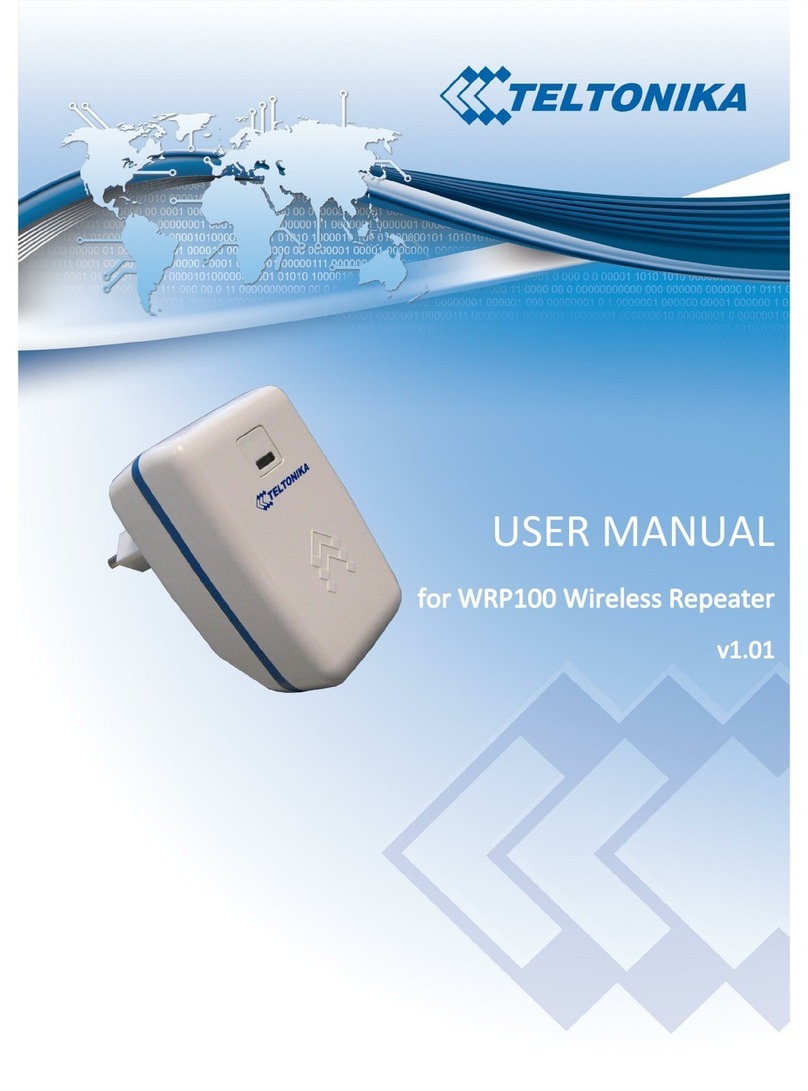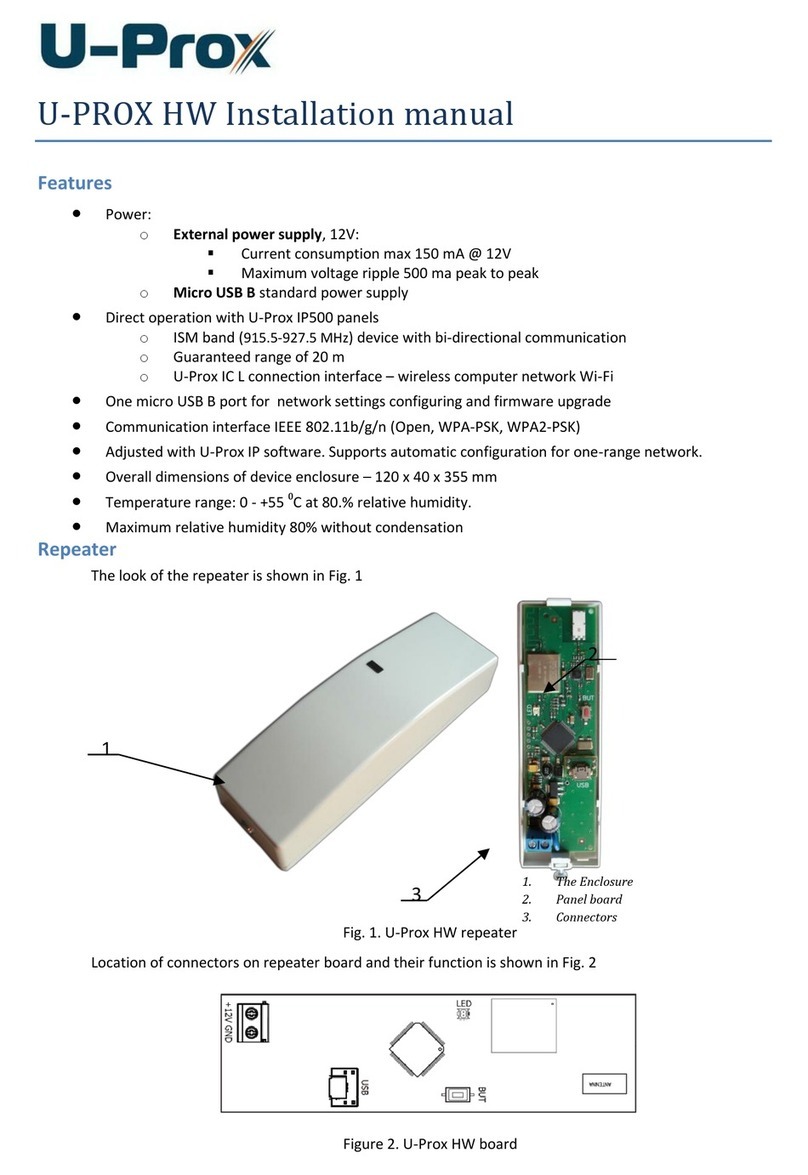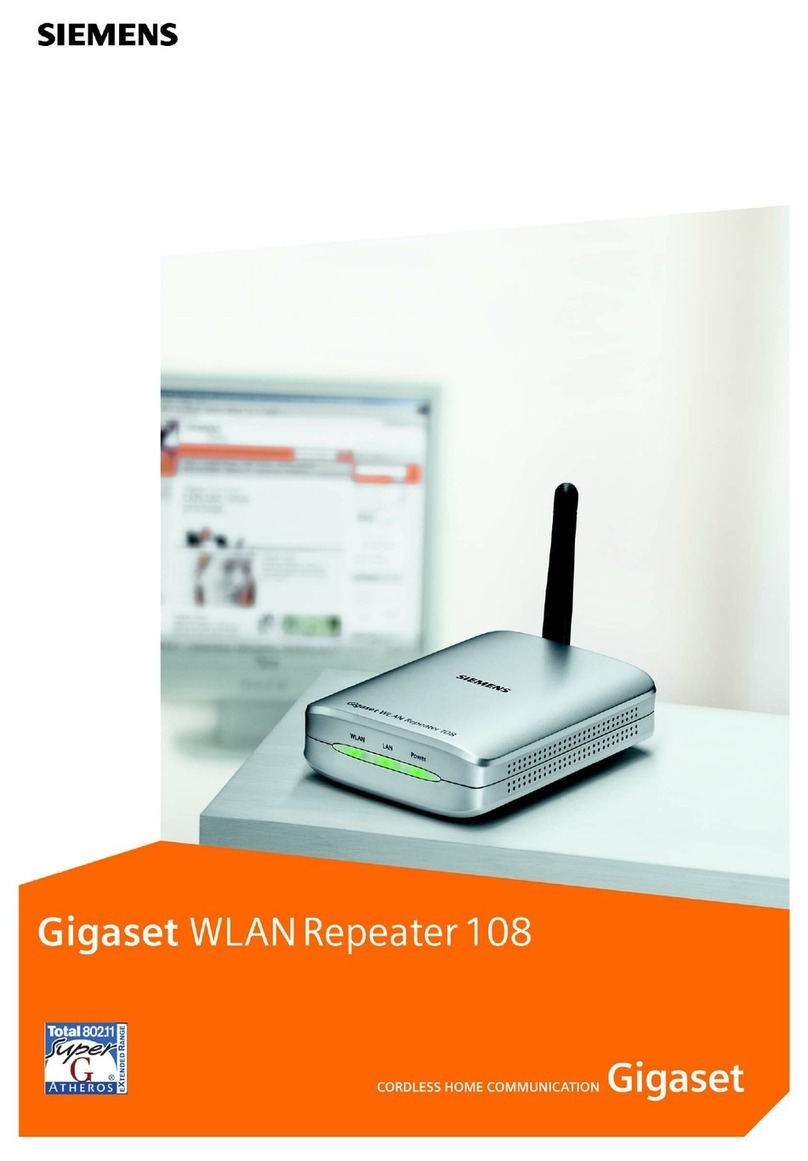8M093X01 R1.0 4
Table of Contents
Proprietary Statement...................................................................................................6
Commercial Warranty...................................................................................................6
Declaration of Conformity ............................................................................................7
Important Safety Information........................................................................................7
Notice to Users (FCC/ISED)..........................................................................................7
Déclaration de Conformité............................................................................................8
Informations de Sécurité Importantes.........................................................................8
Avis Aux Utilisateurs (FCC/ISED).................................................................................8
Introduction...................................................................................................................9
Installation Planning...................................................................................................10
Cautionary Notes & Considerations...........................................................................10
Tools Required..........................................................................................................10
Programming Details.................................................................................................10
Bypass Switch....................................................................................................................... 10
Status Lights ......................................................................................................................... 13
AVRA .................................................................................................................................... 15
Mounting Instructions.................................................................................................17
Cautionary Notes & Considerations...........................................................................17
Preparation................................................................................................................17
Instructions................................................................................................................17
Cable Connections......................................................................................................19
Cautionary Notes & Considerations...........................................................................19
Configuration Terms..................................................................................................19
DVR-LX and Duplexer Connections ..........................................................................20
In-Band Notch Filter Connectors ...............................................................................21
Power Cable..............................................................................................................23
Configuration Identification........................................................................................25
Standard Installation Cables......................................................................................26
Installation Drawings .................................................................................................27
Configuration 1: Duplex (700 or 800MHz) In-band Stacked................................................. 27
Configuration 2: Duplex (700 or 800MHz) In-band Flat........................................................ 29
Configuration 3: Duplex (VHF or UHF) In-band Stacked...................................................... 30
